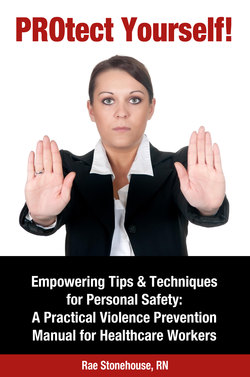Читать книгу PROtect Yourself! Empowering Tips & Techniques for Personal Safety: A Practical Violence Prevention Manual for Healthcare Workers - Rae Stonehouse - Страница 25
На сайте Литреса книга снята с продажи.
Criteria: Staffing/Staff Attitude
ОглавлениеComments:
Research has shown that healthcare worker’s behavior and actions towards individual clients may increase the chances of violence occurring. It has been theorized that patients that are potentially violent cause staff members, in their anxiety, to assume more authoritarian roles. This is more likely to trigger patient violence because it can increase the patient's feelings of helplessness.
Staff may develop preconceived attitudes or opinions about a client based on small pieces of information example: another staff’s opinion, disagreeable diagnosis, and disagreeable acts in the client’s past. This can lead to repressive or punitive treatment of the client.
Counter-transference has been identified as a possible indicator in the potential for client violence. The staff may project their own angry impulses onto the client and therefore, exaggerate that client’s capacity for violence. This can lead to rejection, which can provoke more violence. The concept of the “self-fulfilling prophesy” readily comes to mind. If you expect the client to behave in a violent manner, and you alter your behavior to be in control, in all likelihood, the client will respond in kind.
Assess for:
•Excessive workloads: may contribute to care givers’ fatigue and diminished ability to identify and subsequently handle potentially violent situations
•Working alone
•Frequent heavy use of medications, restrictions, seclusion and restraints — intrusive and most restrictive approaches
•Strict structure negating a positive milieu
•Expectations of violence as “part of the job” or common occurrence
•Lack of recognition of the possibility of risk, preventing care provider from identifying and intervening at the earliest stage
•Dislike of client
•Projected animosity
•Authoritarian attitude
•Overcontrolling behavior
•Lack of socializing with client (little persontoperson contact)
•Burnout
